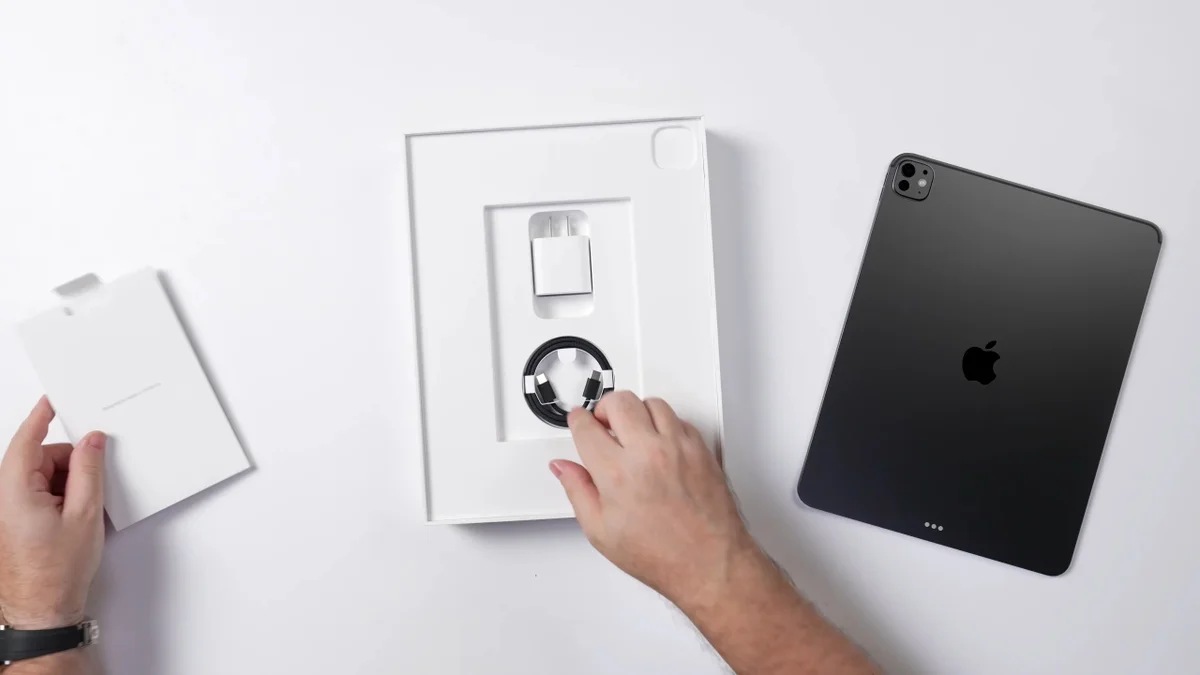Summary
- Travel routers let you connect all your Wi-Fi devices to a remote hotspot simultaneously, instead of having to connect them one-by-one through a portal. You can also set up a cellular-based network.
- Realistically, though, many hotspots don’t have much bandwidth to split. Your phone’s 5G may be faster, in which case it’s often simpler to tether devices as necessary.
- You’re usually better off traveling light, only bringing tech that will genuinely enhance your trip. If you’re doing things right, you may not be in your hotel that much.
I don’t travel as much as I used to — time and budget just don’t allow — but when I do, my trips can be serious expeditions, with whole days spent in jets and airport terminals before I get where I’m going. It’s a consequence of being a dual citizen. I moved from Canada to the US in 2011, then back to Canada in 2022 with a family in tow, and not even to the same part of the country. I have friends and relatives scattered from Ontario to Texas, all of whom would presumably like to see me at some point.
As you’d expect, one of the practical hurdles of flying and driving thousands of miles with a wife and child is getting all of our devices online. We’ve so far managed to do it without a travel Wi-Fi router, but that’s an accessory I might seriously consider picking up when the money is available. Here’s a short guide to why you might want one — and why you might not.
What is a travel router, and why would you want one?
Fixing the problems of the travel industry
Effectively, a travel router is a scaled-back version of the Wi-Fi router you have at home. Travel routers are not only smaller, but (typically) equipped with fewer USB and Ethernet ports. Don’t expect the best performance, either — while you can already find models with Wi-Fi 7, their antennas aren’t going to cover much more than a small house, and you’ll be lucky to get 2.5Gbps Ethernet for your WAN (internet) connection. Realistically, Wi-Fi 6 and gigabit Ethernet are good enough for most users. The reasons why should become clear in a minute.
Another common trait is dependence on mobile apps for configuration. While most home routers offer apps as a convenience, travel models use them not just for basic settings, but to log into the captive portals used to gate internet access, or to enable cellular tethering as an alternative. Some router makers may also include built-in VPN (virtual private network) functions, but those aren’t strictly necessary as long as you have VPN apps/tools running on your individual devices. In fact, VPNs aren’t really required at all — they’re just an additional security measure, and/or a way of accessing content that might be blocked in a particular country. You can’t watch Hulu or HBO Max in Canada, as I’m all too aware.
With a travel router, you can potentially connect all of your devices instantaneously, only logging into a portal once.
The main purpose of a travel router is getting around the restrictions and general inconveniences travelers face. Yes, many hotels, airports, cruise ships, and other venues offer free or paid Wi-Fi — but you’re expected to connect your devices one-by-one, often through captive portals that devices may not be equipped to navigate. You might have trouble connecting a Steam Deck, for instance. It’s only recently that Apple added support for joining captive portals to the Apple TV, and even then you’re expected to have an iPhone or iPad with you. The stingiest businesses sometimes restrict internet access on a per-device basis, making you pay extra if you want to hook up more than a single phone or laptop.
With a travel router, you can potentially connect all of your devices instantaneously, only logging into a portal once. The trick is that your travel network needs to share the same SSID (network ID) and password as your home router — if you create a unique login, you’ll have to manually switch each device over to the travel network, likely defeating the point.
I say “likely” because a travel router can still be a way around per-device pricing, or of creating a Wi-Fi network when there’s no venue to speak of. In the second scenario, you do need a phone or mobile hotspot with active 4G/5G coverage, but that might be a small trade-off for having internet access at the beach or a campsite.
So why wouldn’t you use a travel router?
Bandwidth and other issues
The leading reason is bandwidth. Most of the hotels, ships, and airports I’ve encountered have offered functional internet at best, just a fraction of what I’m used to at home. It’s quite possible that you’ll be dealing with speeds of 10 to 50Mbps unless there’s an option to pay extra for a “premium” service. It makes all too much sense, unfortunately, as we’re talking about businesses that have to split connections between hundreds or even thousands of people. A hotel with just 100 rooms would need a 40Gbps pipeline to give each suite a 400Mbps connection.
50Mbps might sound like a lot — until you realize that a single 4K video stream can consume that much, never mind splitting bandwidth between multiple devices, which is what a router is for. In my experience, free internet tends to be good for little more than web browsing, email, social media, and some light YouTube viewing. It might not be worth connecting more than one or two devices, tops. I wouldn’t even bother trying to play an action-heavy game like PUBG or Fortnite on my laptop, although admittedly, I haven’t tested that hypothesis yet.
One lesson I’ve learned over the years is that it’s always best to keep travel simple. Only bring tech with you if the benefits unquestionably outweigh the drawbacks.
Frequently, your phone’s connection is going to be much faster, since 5G speeds in North America normally range from 50 to 500Mbps. If you’ve got an unlimited data plan, you can (of course) tether that to a travel router — but you might also get away with doing most things directly on your phone, merely pairing with other devices as necessary.
That leads me to a lesson I’ve learned over the years, which is that it’s always best to keep travel simple. The more items you bring, the more you have to pack and unpack, particularly when you’re going through security screening. You’re also increasing the odds of possessions getting lost, broken, or stolen. I legitimately envy travelers who can fly with nothing more than their phone, wallet, and a few changes of clothes — those people are breezing through TSA lines. Only bring tech with you if the benefits unquestionably outweigh the drawbacks.
In some cases, by bringing enough gear to justify a travel router, you may be missing out on life experiences. Even a short business trip is going to be more memorable if you spend an evening eating at a nice restaurant and taking a walking tour instead of binging on Netflix.











